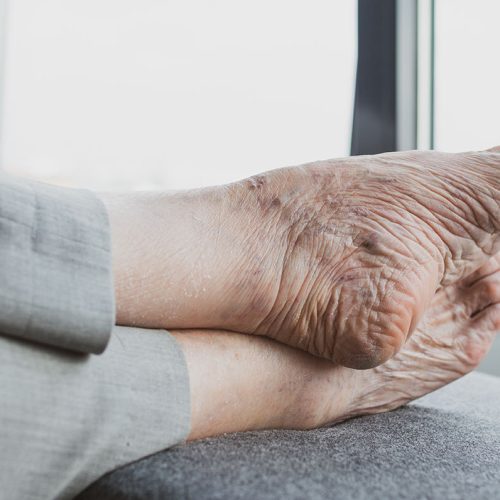Which Cream?
Creams: Urea vs Glycerin vs Shea
Urea cream, glycerin, and shea butter are three popular ingredients commonly found in skincare products, each known for its moisturizing properties. Though they share the goal of enhancing skin hydration, they work in different ways, making them suitable for various skin types and concerns. In this article, we will explore the benefits, differences, and ideal uses for urea cream, glycerin, and shea butter.
Urea Cream
Urea is a naturally occurring compound in the skin, and urea cream has become popular in dermatology for its ability to moisturize and treat various skin conditions. Urea works as a humectant, meaning it draws moisture into the skin from the environment. Additionally, it has keratolytic properties, which means it helps break down the tough, dead skin cells on the outer layer, promoting skin exfoliation and improving texture.
Urea cream is especially effective for people with dry, rough, or flaky skin conditions, including eczema, psoriasis, and keratosis pilaris. It helps to soften the skin and improve its elasticity. At higher concentrations (such as 40%), urea can even be used to treat more severe conditions like hyperkeratosis, where the skin becomes thickened and hard.
However, urea cream can cause irritation in some individuals, particularly those with sensitive skin. This is why lower concentrations (such as 10% or 20%) are recommended for general skincare purposes, while higher concentrations should be used under the supervision of a dermatologist or foot health practitioner. For those with sensitive skin, it is important to patch-test the product before widespread use.
Glycerin
Glycerin, also known as glycerol, is a simple polyol compound derived from plant or animal sources. It is a humectant, like urea, meaning it attracts moisture from the air and helps to keep the skin hydrated. Glycerin is often used in skincare products like lotions, soaps, and serums due to its ability to prevent moisture loss and maintain soft, smooth skin.
One of the key advantages of glycerin is its gentle nature. It is well-tolerated by most skin types, including sensitive and oily skin. Glycerin is particularly effective in treating dry skin, as it works to seal in moisture and prevent it from evaporating. It also helps to maintain the skin’s natural moisture balance and is less likely to cause irritation than other moisturizers.
Glycerin is a versatile and affordable skincare ingredient, but it may be less effective in extremely dry environments, where it can pull moisture from the skin rather than from the air. In such cases, glycerin-based products should be paired with occlusive agents, like oils or butters, to help lock in moisture.
Shea Butter
Shea butter is a rich, natural fat derived from the seeds of the African shea tree. Known for its nourishing and emollient properties, shea butter is packed with fatty acids, vitamins (like vitamin A and E), and antioxidants, all of which are beneficial for the skin. Unlike urea and glycerin, shea butter is an occlusive agent, meaning it forms a protective barrier on the skin that helps prevent moisture from escaping.
Shea butter is often used for dry, rough, and cracked skin. It is particularly soothing for conditions like eczema, dermatitis, and sunburn, providing deep hydration and nourishment to the skin. Shea butter is also known for its anti-inflammatory properties, making it a go-to option for soothing irritated or inflamed skin.
Unlike urea and glycerin, which primarily focus on attracting moisture, shea butter helps to lock moisture in and protect the skin from external aggressors like pollutants and harsh weather. It is a great choice for those with sensitive skin, as it is generally less likely to cause irritation.
However, due to its rich, thick consistency, shea butter may not be ideal for individuals with oily or acne-prone skin, as it can be too heavy and potentially clog pores.
Conclusion
While urea cream, glycerin, and shea butter all provide excellent hydration, they each have unique properties that make them suitable for different skin needs. Urea cream excels at treating rough, flaky skin and conditions like eczema and psoriasis, while glycerin is a gentle, everyday moisturizer ideal for dry skin. Shea butter, on the other hand, offers deep nourishment and protection for very dry or irritated skin.
Choosing between these three products depends largely on your skin type and concerns. For those seeking a gentle, lightweight moisturizer, glycerin is an excellent option. For more intensive skin treatment and hydration, particularly for dry, rough patches, urea cream may be beneficial. Meanwhile, shea butter provides long-lasting hydration and protection, making it an ideal choice for dry or sensitive skin in need of extra nourishment and care.

